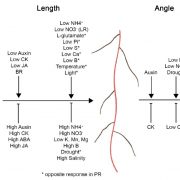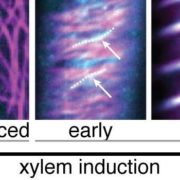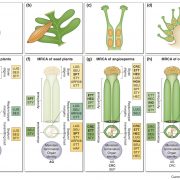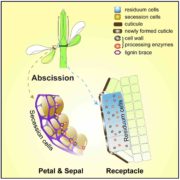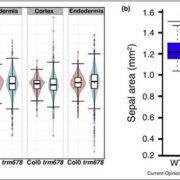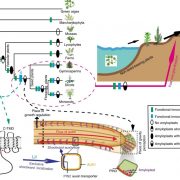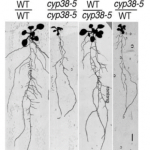NO GAMETOPHORES 2 is a novel regulator of the 2D to 3D growth transition in the moss Physcomitrella patens (Curr. Biol.)
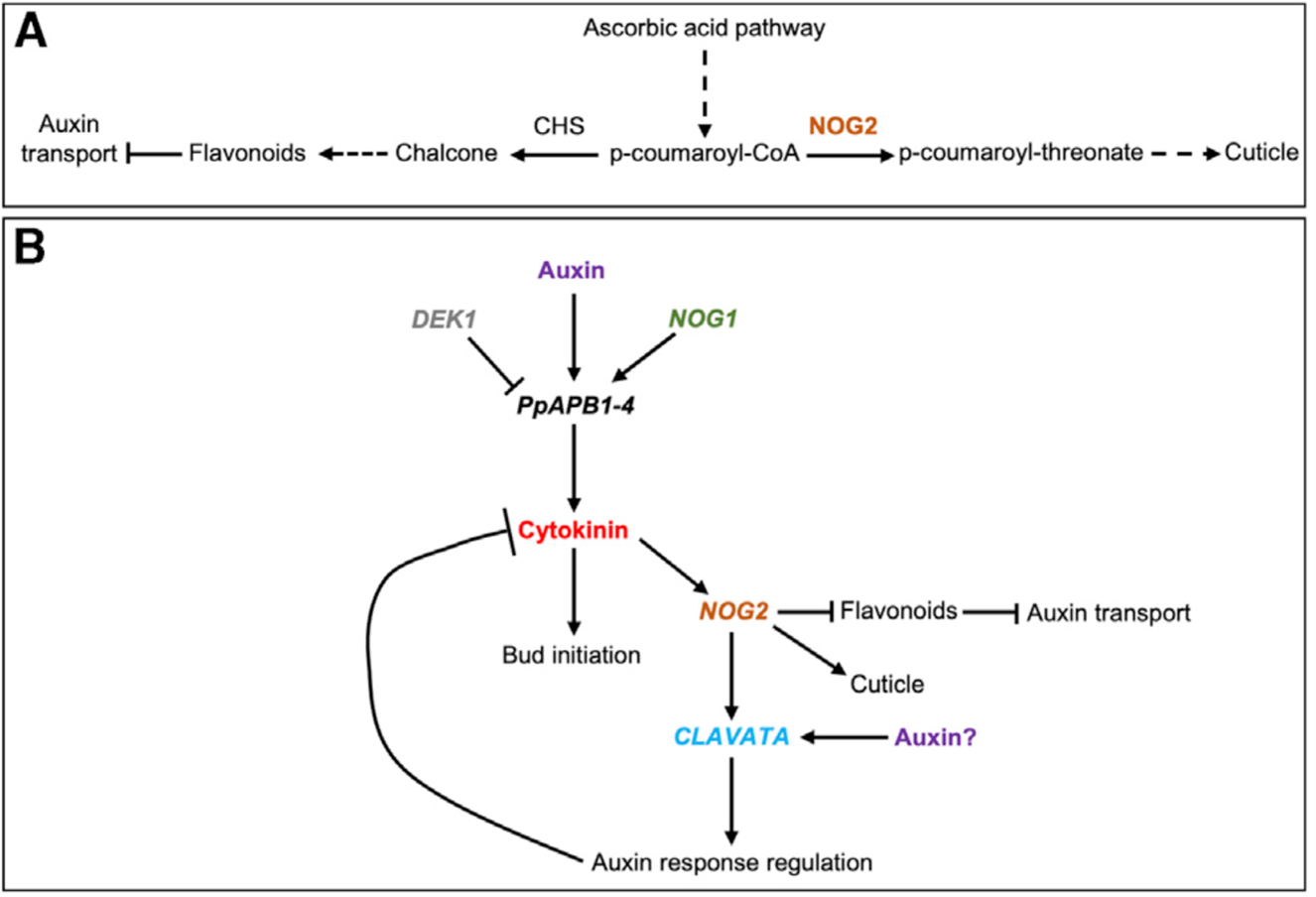
Three-dimensional (3D) growth was an essential evolutionary innovation that allowed the radiation and diversification of land plants. In most land plants the transition from two-dimensional (2D) to 3D growth takes place during embryo development and its disruption results in lethality, however, the disruption of the 2D to 3D growth in Physcomitrella (Physcomitrium) patens is not lethal. This transition occurs twice during development: from 2D filamentous growth towards the 3D gametophores (also known as “leafy shoots”) and during embryo development, thus making moss an excellent model to dissect the genetic basis of the 2D to 3D growth transition. Although many positive and negative regulators of this transition have already been identified, Moody et al. discovered an additional layer of regulation by making use of forward genetics and segregation analyses: NO GAMETOPHORES 2 (PpNOG2), an enzyme in the ascorbic acid biosynthetic pathway that allows crosstalk between auxin and cytokinin. NOG2 loss-of-function (LOF) mutants display a range of developmental aberrations in gametophore initials (buds), invariably leading to arrested buds. Subsequent gene expression analyses revealed a network in which NOG2 expression responds to cytokinin and acts downstream of known regulators of the 2D à 3D transition and upstream of SCARECROW and CLAVATA. In addition, NOG2 LOF mutants show disruptions in auxin-responsive genes, which led the authors to hypothesize that loss of NOG2 leads to a metabolic flux change towards flavonoid accumulation and consequential inhibition of auxin transport, thus establishing a bridge between metabolic pathways and the 2D à 3D growth transition in P. patens. (Summary by Jesus Leon @jesussaur) Curr. Biol. 10.1016/j.cub.2020.10.077


